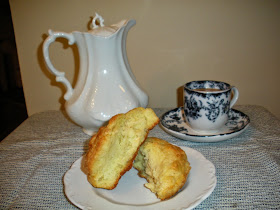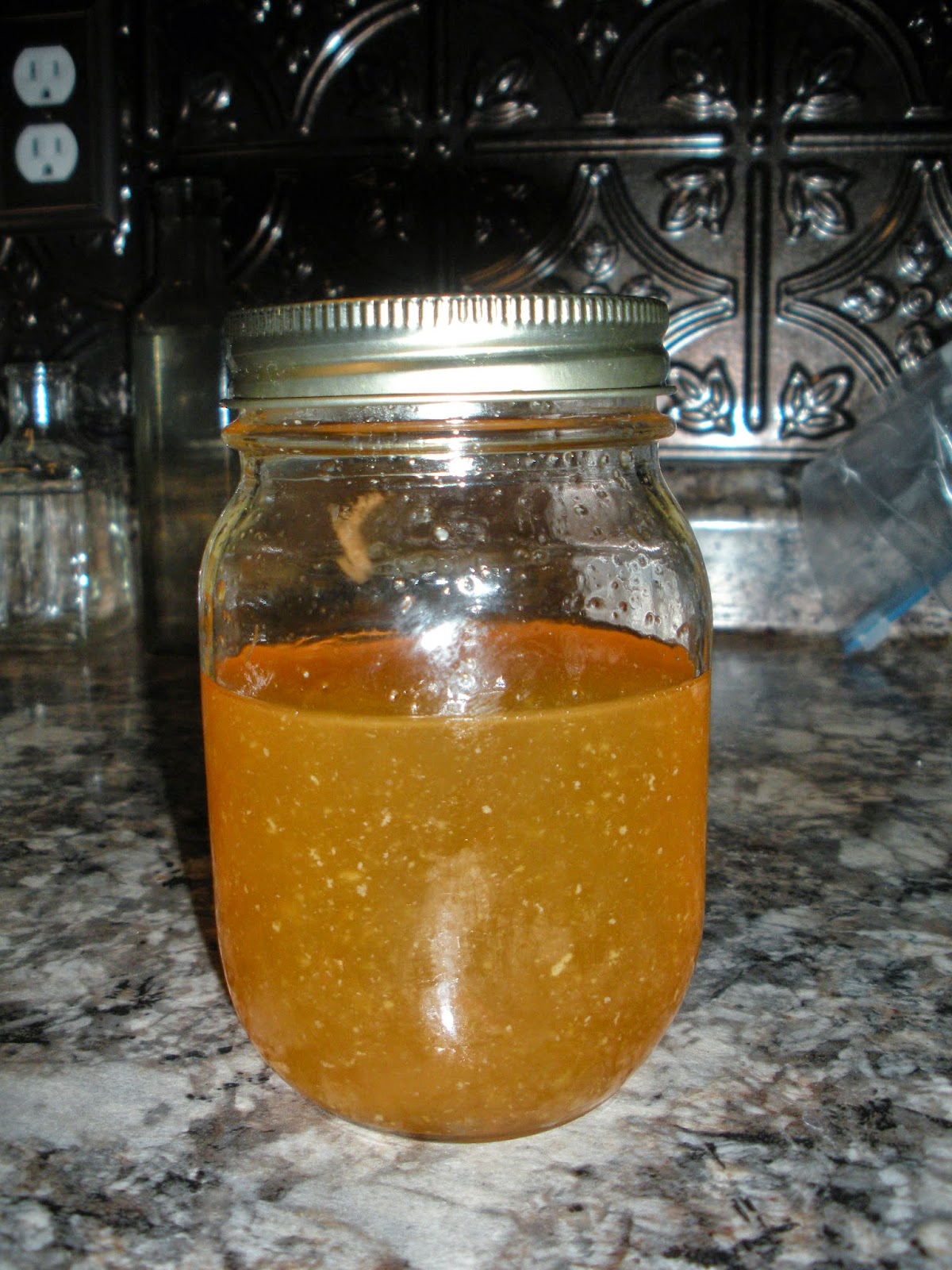We'll feature two recipes for the noble bird, boneless stuffed turkey and a Turducken.
First up, the one I haven't tried myself.
In 1980, a chef in Louisiana was searching for the perfect twist to the tired turkey. He deboned a chicken, filled it with stuffing and put it in a deboned duck, which in turn went into a deboned turkey. The famous Proudhomme Turducken was unleashed on the culinary world. The patent was issued in 1986 to Chef Proudhomme and the dish enjoyed some popularity. A decade later, it took the culinary world by storm and remains a popular twist on the traditional turkey.
 |
| Turducken by Peggy Trowbridge Fillipone of About Food |
This dish traces it's ancestry back further than a mere 40 years. The tradition of "illusion" dishes was going strong in the Medieval era and was a perfected art by the Georgian era.
As a means of showing largesse and feeding multitudes, many traditional holiday standing pies included boned birds layered.
Here's a recipe from House and Home: Or, The Carolina Housewife by Sarah Rutlidge, 1849, page 74.
Christmas Pie
Make the walls of thick standing crust, to any size you lie, and ornamented as fancy directs. Lay at the bottom of the pie a beef steak. Bone a turkey, goose, fowl, duck, partridge, and place one over the other, so that, when cut, the white and brown meat may appear alternately. Put a large tongue by its side, and fill the vacancies with forcemeat balls and hard eggs, and add savory jelly. This last is better for being kept in a mould, and only taken out as required. Bacon, chopped or beat up with the forecemeat, is preferable to suet, as it is nicer when cold, and keeps better.
Mrs. Bliss includes a New Year's Pie in her Practical Cook Book: Containing Upwards of One Thousand Receipts... which gets yet closer to the bird in a bird. (1850, page 244)
New Year's Pie
Boil a neat's tongue, skin it, and put it into a boned chicken; put the boned chicken into a boned duck; put the boned duck into a boned turkey; put the boned turkey into a boned goose; season the whole with lemon and spice to your taste, and bake it in a hot oven. Make a jelly of beef's feet, as are baked, and put them into a deep dish, or into a deep-plated dish cover, with the breast of the goose downwards; the pour upon them the jelly, covering the fowls with it; set the whole away, for the jelly to harden; when it has become hard and stiff, turn the whole out carefully upon your dish, and serve, cutting through it all. The dish may be garnished with small moulds of the jelly.
For those who don't want quite that much practice boning a fowl, a simple stuffing filled boned turkey is also found in period recipe books and modern magazine pages.
"The Lady’s Receipt Book; A Useful Companion for Large or Small Families" by Eliza Leslie, 1847, page 104.
-For this purpose you must have a fine, large, tender turkey; and after it is drawn, and washed, and wiped dry, lay it on a clean table, and take a very sharp knife, with a narrow blade and point. Begin at the neck; then go round to the shoulders and wings, and carefully separate the flesh from the bone, scraping it down as you proceed. Next loosen the flesh from the breast, and back, and body; and then from the thighs. It requires care and patience to do it nicely, and to avoid tearing or breaking the skin. The knife should always penetrate quite to the bone; scraping loose the flesh rather than cutting it. When all the flesh has been completely loosened, take the turkey by the neck, give it a pull, and the whole skeleton will come out entire from the flesh, as easily as you draw your hand out of a glove. The flesh will then fall down, a flat and shapeless mass. With a small needle and thread, carefully sew up any holes that have accidentally been torn in the skin.
Have ready a large quantity of stuffing, made as follows:--Take three sixpenny loaves of stale bread; grate the crumb; and put the crusts in water to soak. When quite soft, break them up small into the pan of grated bread-crumbs, and mix in a pound of fresh butter, cut into little pieces. Take two large bunches of sweet-marjoram; the same of sweet-basil; and one bunch of parsley. Mince the parsley very fine, and rub to a powder the leaves of the marjoram and basil. You should have two large, heaping table-spoonfuls of each. Chop, also, two very small onions or shalots, and mix them with the herbs. Pound to powder a quarter of an ounce of mace; a quarter of an ounce of cloves; and two large nutmegs. Mix the spices together, and add a tea-spoonful of salt and a teaspoonful of ground black pepper. Then mix the herbs, spice, &c., thoroughly into the bread-crumbs; and add, by degrees, four beaten eggs to bind the whole together.
Take up a handful of this filling; squeeze it hard, and proceed to stuff the turkey with it,--beginning at the wings; next do the body; and then the thighs. Stuff it very hard, and as you proceed, form the turkey into its natural shape, by filling out, properly, the wings, breast, body, &c. When all the stuffing is in, sew up the body, and skewer the turkey into the usual shape in which they are trussed; so that, if skilfully done, it will look almost as if it had not been boned. Tie it round with tape, and bake it three hours or more; basting it occasionally with fresh butter. Make a gravy of the giblets, chopped, and stewed slowly in a little water. When done, add to it the gravy that is in the dish about the turkey, (having first skimmed off the fat,) and enrich it with a glass of white wine, and two beaten yolks of eggs, stirred in just before you take it from the fire.
If the turkey is to be eaten cold at the supper-table, drop table-spoonfuls of currant or cranberry jelly all over it at small distances, and in the dish round it.
About three years ago now, I had an opportunity to feed 20 people 19th century meals for three days. One dinner meal, I used a line-up of fall classics that reads much like a Thanksgiving meal. I didn't take photos at the time because it was an immersion event and flashing photos are bad form. The food was well received, though many weren't sure they were ready to give up the modern incantations of classic dishes.
What I Did:
Turkey
Breadcrumbs
Butter 1 lbs
Majoram, Basil, Parsley
Onions/Shallots 2 small
Mace, Cloves, Nutmeg 1/4 oz.
Salt, Black Pepper teaspoon
Eggs 4
I needed to save time, so I bought a pre-cooked turkey. So I heated the turkey according to included directions. I made the stuffing separately according to above directions. I used crouton pieces. I soaked them in water. Drain them by hand. It’s a messy process not meant for those who don’t like to get their hands dirty. I added the seasonings. I melted the butter and added it. I added the eggs. Bake at 350* for 20 minutes. It will have the consistency of bread pudding. Once the turkey and stuffing are both done, introduce them to each other.
Need a visual? Here's a YouTube Video.

















































